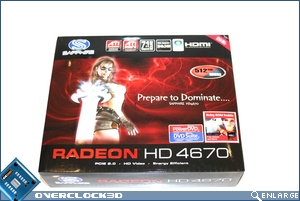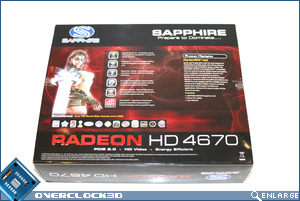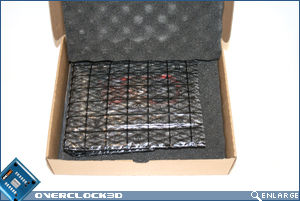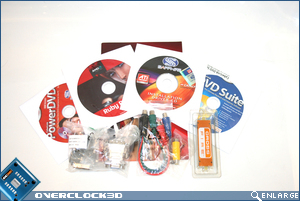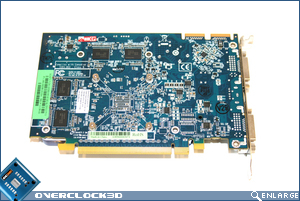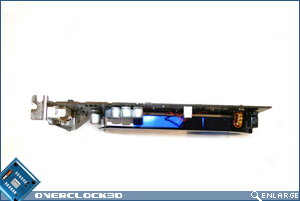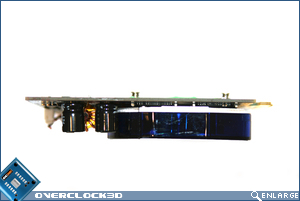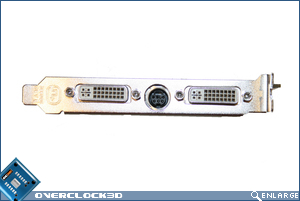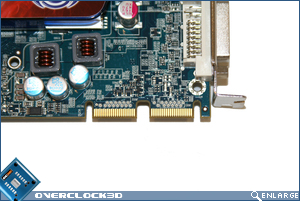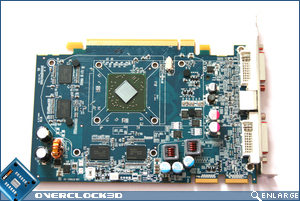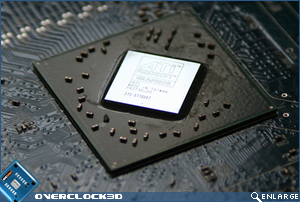XFX 9600GSO 384mb vs Sapphire HD4670 512mb
Sapphire HD4670 Packaging & Appearance
Â
‘Prepare to Dominate’. I’m not to sure how much domination is going to be done with what is in effect, an entry level gaming graphics card but the outer sleeve certainly sets the scene well with a typical red and black Sapphire package. The front of the outer sleeve advertises the card’s ‘dominating’ features such as CrossfireX technology and HDMI. The 512mb GDDR3 emblem signifies the total memory of the card which is 128mb more than the 9600 GSO, so should give it an advantage when filtering options are applied. The rear of the package goes into greater depth regarding the features. Boasting a 55nm fabrication process, the HD4670 should result in less heat and less power consumption.Â
Â
 Â
The inner box is a basic affair and Sapphire opted to package their card in a sloppy fashion compared to the XFX card. Two sleeves of foam protect the card, which itself is deposited in a padded anti-static bag. While the card should arrive in perfect condition, I do have some concerns regarding the packing methodology as shaking the box revealed the card could indeed move around inside the box, despite the foam. The accessories are both comprehensive and complete. Everything you need is there to get your HD4670 up and running and apart from the usual driver CD, there is also bundled software (PowerDVD and DVD Suite as well as ‘Ruby ROM’. A Crossfire bridge, DVI-VGA, HDMI and S-Video adapters are also included.
Â
 Â
I was surprised at the size of the card, which measures just 7.5 inches in length. Being a single slot, card it could well find itself at home in an media PC. However, I would hope you have some meaty speakers, as the little 60mm fan does tend to make quite some noise. To the rear of the card, we see an extension of the memory with 4x64mb chips on the back matching the 4x64mb on the front of the card. Also note that Sapphire have opted to use screw fixings to attach the cooler to the card, making it a cinch to change to an after market cooler should the noise of the stock cooler become unbearable.
Â
 Â
The side and front of the card are nothing special other than the card is very slim and should present no clearance issues whatever your motherboard. Noteworthy is the lack of an external power port, the HD4670 does not require any external power source, instead taking all its required power from the PCI-e slot. Great news for small form factor lovers.
Â
 Â
The I/O area has the usual host of connectivity with 2 x DVI ports as well as an TV-out slot nestled between them. The card is also CrossfireX capable so it is possible to take advantage of this feature should you have the available PCI-e slots and a compatible motherboard.
Â
 Â
As stated previously, taking the cooler off was indeed very easy with just four screws holding the cooler onto the typical Sapphire blue PCB. The thermal paste used was ample and much better quality than the type used by XFX, this resulted in a much tidier mount and also made the cooler removal so much easier as it wasn’t ‘cement like’ in application.
Â
Â
Here’s the core itself, 55nm manufacturing at its finest. Cooler running and requiring less power than the previous generation, the HD4670 might also spring a surpise or two in the overclocking department.
Â
 Â
Despite my initial concerns over the lackluster packaging, I was impressed overall with the package. The included software, while nothing starting is a bonus at this price point and the card itself was attractive as it was diminutive. With both the XFX and Sapphire stock clocked at a conservative level, lets take a look at how far we can push the two cards on test today.



